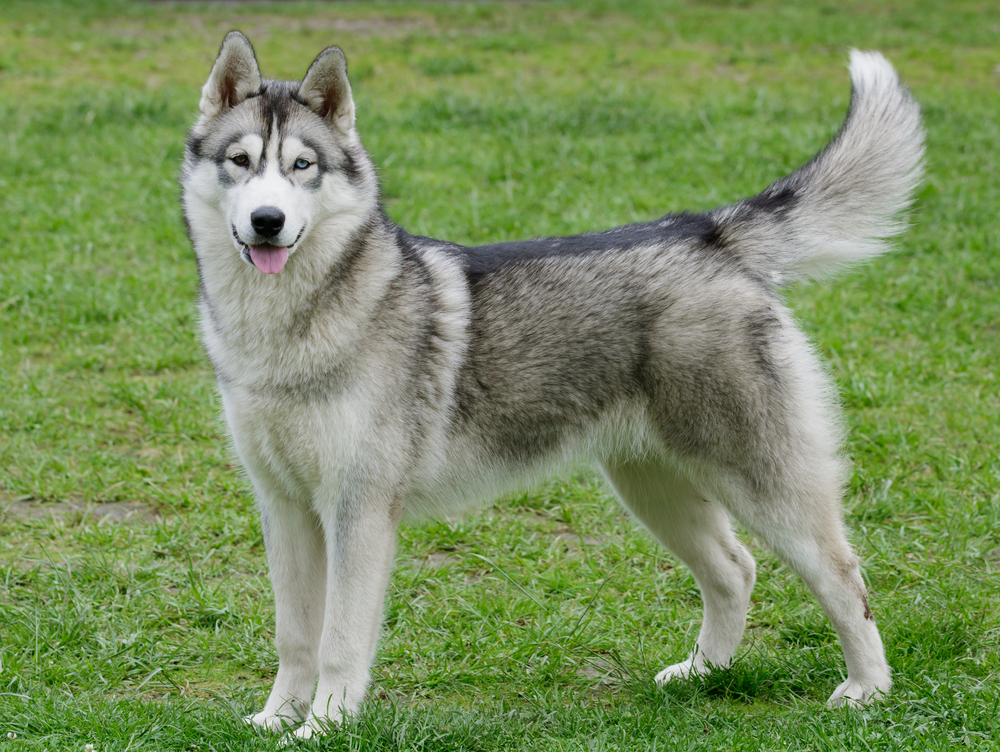Equally renowned for their mischievous antics and incessant talking as they are for their stamina; Huskies have become a very popular dog breed. That popularity means that it is quite easy to find Husky breeders, and while some, with proven strong bloodlines, can cost considerable sums of money to buy, the purchase cost of the dog is only a fraction of what you will pay over the 12 to 15-year lifespan of your dog.
While cost is only one factor to consider when taking on a breed of this kind, it is an important consideration. On average you can expect to spend from $150-$1,245 per month. So, below, we look at the typical costs of owning a Husky, including initial one-off costs and some of the ongoing costs you will be faced with.

Bringing Home a New Husky: One-Time Costs
How much you pay for a Husky primarily depends on whether you adopt or buy. Adopting a dog typically costs less, especially as adoption centers and rescues ensure their dogs are neutered or spayed and have had their first vaccinations before leaving.
Buying from a breeder has a broad price range, dependent on availability as well as the lineage of the specific dog you’re considering.
Free
Although you should always be wary of adverts offering dogs for free to good homes, there can be genuine reasons people have to give their dogs away. Another possible source of a free Husky is a family member or friend who can no longer care for the dog because of a change in circumstances.
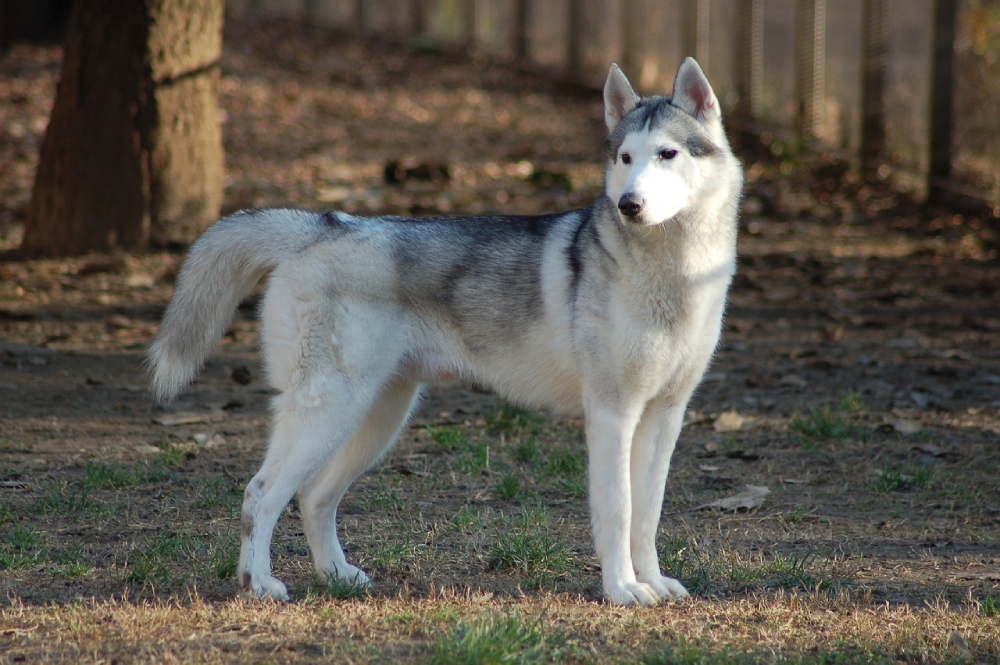
Adoption
Adoption fees vary according to the rescue center or shelter you use, but adopting is typically less expensive than buying from a breeder. However, when adopting from a rescue, you will have less idea of the dog’s history, and it can be very difficult to get puppies or young dogs this way.
Breeder
Huskies are highly sought-after dogs in some areas. This means that breeders are usually easy to find, but it also means that prices for some dogs, especially those with a well-documented lineage, can be high. Ask to see the results of screening for dysplasia and other well-known conditions before buying and meet the puppy and mother before you agree to a purchase.

Initial Setup and Supplies
As well as the cost of buying or adopting, there are other additional costs to consider before even bringing the dog home. You will need to have some food for at least the first few days, and crate training can help settle the dog in and give a good start to stress-free living.
The size of the initial costs will depend largely on whether your Husky has been neutered or spayed or not, and you may be able to save some money if you already have any of the items needed.
| ID Tag and Collar | $20 |
| Spay/Neuter | $200–$700 |
| Microchip | $25–$50 |
| Bed | $30–$200 |
| Nail Clipper (optional) | $15–$60 |
| Brush (optional) | $5–$25 |
| Toys | $25 |
| Crate | $50–$200 |
| Food and Water Bowls | $10 |
How Much Does a Husky Cost Per Month?
Once you’ve got over the initial costs of owning a Husky, there are ongoing monthly costs that you will need to meet. These can vary from one month to the next, especially in the case of healthcare and vet bills.
Hopefully, most months, veterinary treatment will not cost anything, but if your dog needs tests and treatment, this can total thousands of dollars, especially if you don’t have insurance.
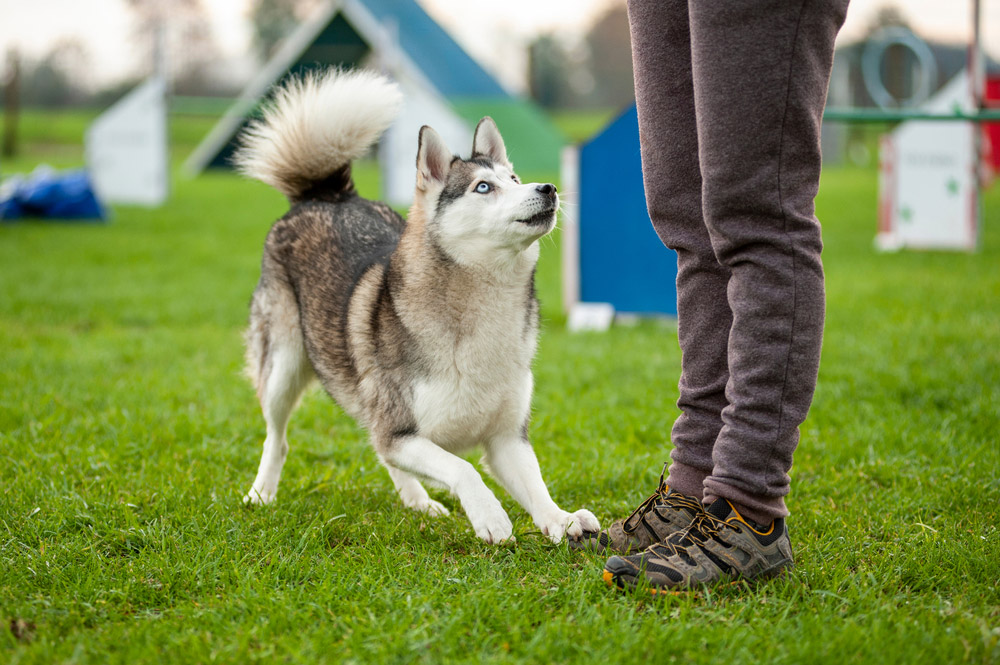
Health Care
Healthcare costs include both preventive and emergency, unexpected treatments. Preventive care includes the costs of vaccinations as well as flea and deworming treatments. And, if your dog gets ill, the costs can escalate quickly with tests like X-rays, alone, costing hundreds of dollars. These unexpected costs can be mitigated with good quality insurance.
Food
Huskies are medium-sized dogs with a lot of energy, which means they have sizable food requirements. The cost of food depends on the type and quality of food, as well as the size of your Husky, with bigger dogs naturally needing more food than smaller ones.
Although you don’t necessarily need a specific diet for your Husky, good nutrition is important, so choose the best quality food you can afford.
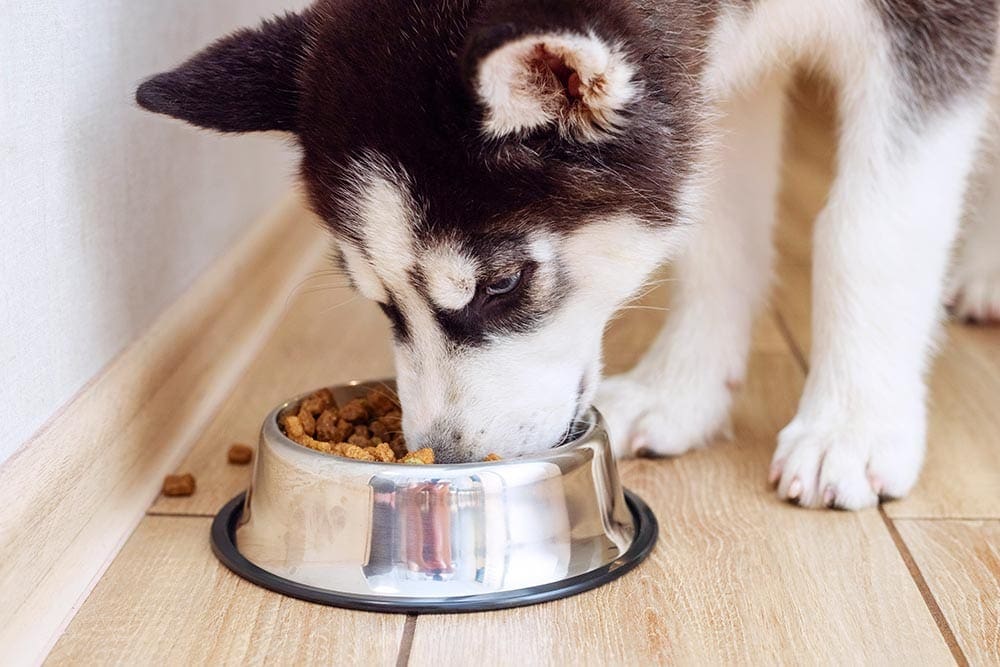
Grooming
The beautiful Husky coat needs some care and attention to ensure it looks its best and to keep your pup feeling comfortable and healthy. As well as regular brushing at home, you can take your Husky for professional grooming.
If you do all the grooming at home, there is no cost other than the cost of shampoo and a brush, while professional grooming sessions can cost upwards of $75 per session.
Training And Socialization
These intelligent dogs do have minds of their own, and this can make training quite challenging, especially for first-time owners. As such, it might be necessary to pay for professional dog training help.
At the very least, signing up for group puppy classes is a good idea because it offers an opportunity to socialize your Husky while teaching you how to train your dog.
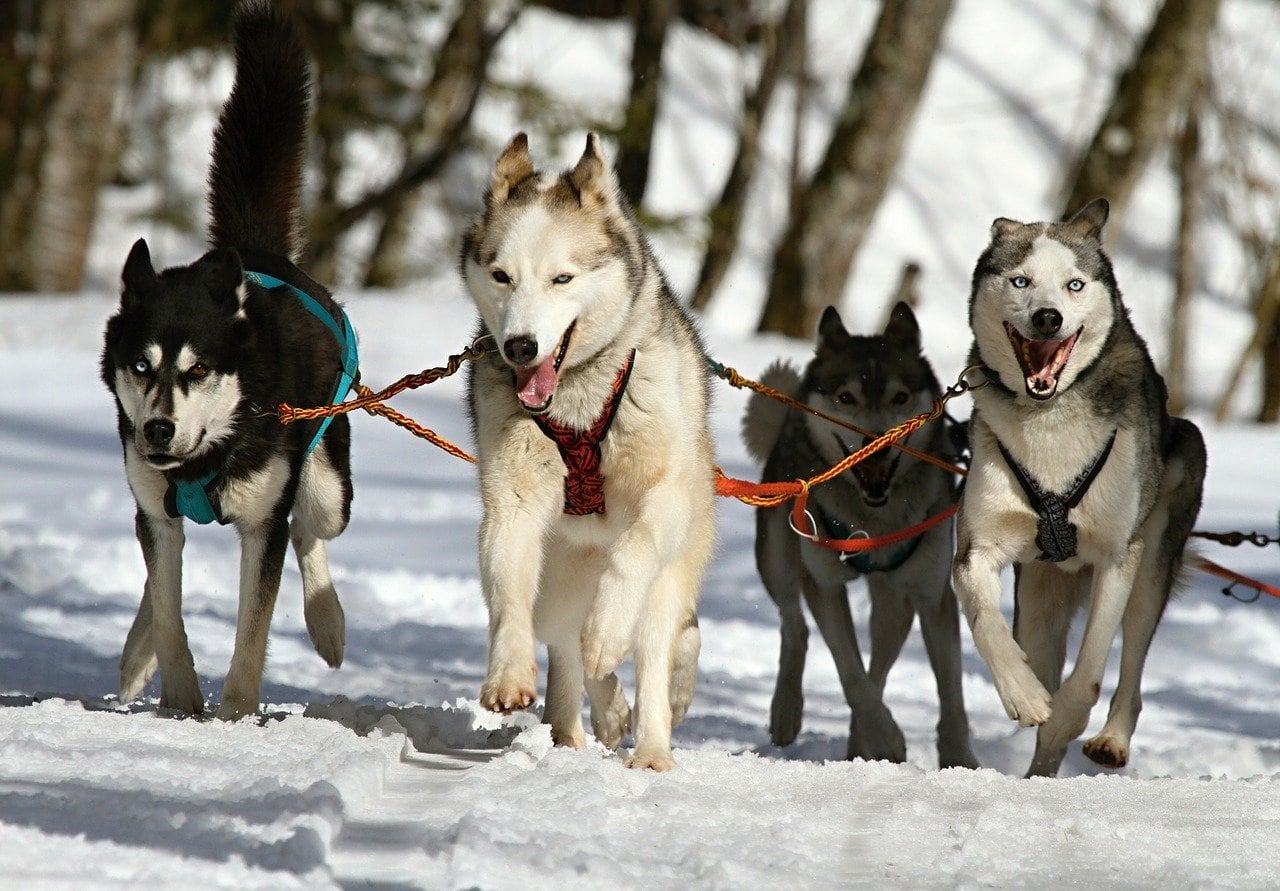
Pet Insurance
Pet insurance is designed to cover the unplanned costs of unexpected illnesses and accidents. While it can seem expensive when you don’t use it, it will prove extremely beneficial if your dog needs any kind of emergency treatment.
Insurance costs vary according to your location as well as the age and breed of the dog, but you can expect to pay $30 a month or more for a Husky pet insurance premium. Shop around to get the best deal, but make sure you get ample coverage.
Entertainment
Huskies need lots of exercise and plenty of mental stimulation, and while they can get a lot of this at home, it can be beneficial to enroll in canine sports classes outside the home.
Events like sled pulling and dry sled pulling obviously cater to this breed, but Huskies can excel in a range of different sports and events. You will also need a good supply of toys and games for the home.
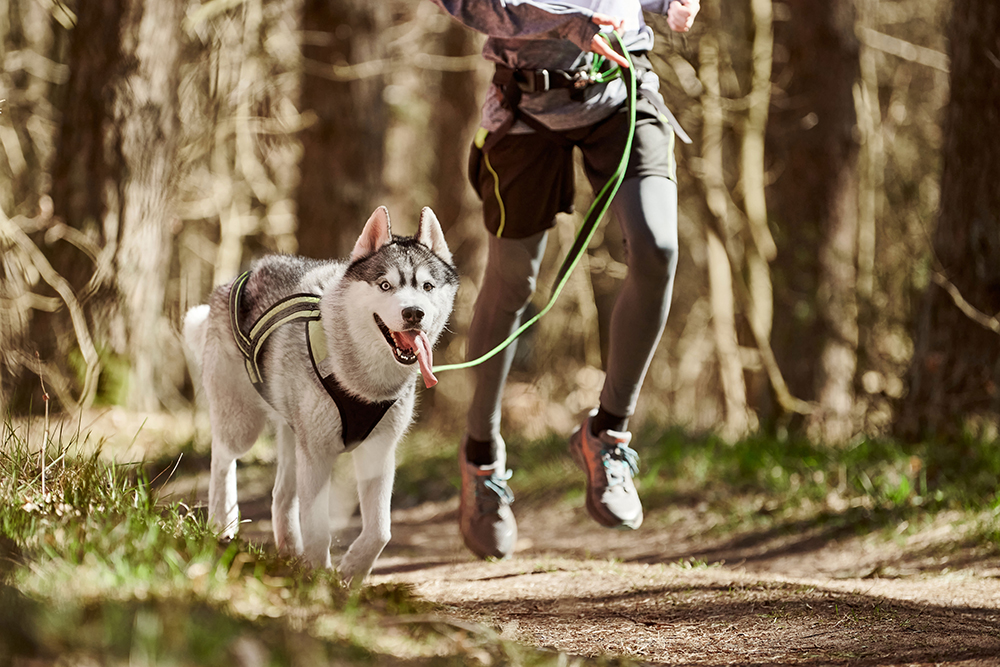
Additional Costs to Factor In
Some additional costs haven’t been factored into the monthly costs above, because a lot of owners don’t need them and because they are only needed rarely. For example, if your dog develops behavioral issues, you will need to consult with a canine behaviorist, which can cost hundreds of dollars.
Similarly, if you go away and you don’t have a friend or family member to care for your dog, you will need to put them in kennels. And, if you go out to work all day, you should also consider the cost of a professional dog walker or doggy daycare service.
Owning a Husky on a Budget
While you undoubtedly want what’s best for your Husky, you should also look for ways to save money on monthly care. You can always spend the money you save on extra toys or doggy spa sessions.
Consider buying food in bulk, ensuring you don’t buy so much that it goes off before you can use it. Buy toys when they’re on offer and rotate old toys out of circulation for a few months before reintroducing them.
With insurance, look for discounts for putting different insurance products together or for multi-pet policies. You might also benefit from a wellness plan, which can offer some savings against the cost of flea and deworming treatments and are usually available from insurers or even from your local vets.
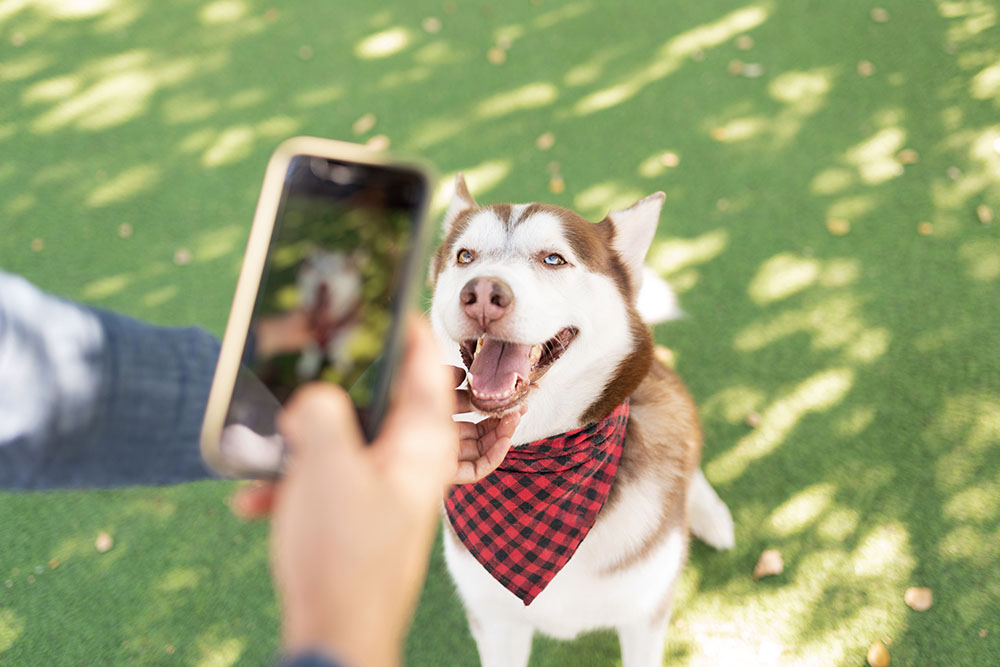
Saving Money on Husky Care
If you have willing or experienced Husky owners in the family, ask for their help when you need doggy daycare, walking, or boarding. This can save hundreds of dollars a year. And rather than paying for one-on-one training sessions, consider signing up for group training, while learning to groom effectively at home.

Conclusion
The Husky is a beautiful dog breed that is known for its somewhat unique mannerisms and behaviors. They like to climb on top of things, have serious wanderlust, and prefer spending time outside to inside, in most cases.
While there is no doubting this breed’s intelligence, the Husky can also be somewhat stubborn and even a little difficult, which will make training and socialization especially important. Puppy classes do cost money every week or two, but they could save you money in the long run because a well-trained dog is less likely to develop expensive behavioral issues.
Buy good quality food that meets your dog’s daily requirements, and combine this with a good insurance policy, and you shouldn’t have to worry about meeting too many excessive vet bills. But, despite your best efforts, remember that accidents and emergencies do happen, and you should have a contingency plan ready should you and your dog need it.
Featured Image Credit: Edalin Photography, Shutterstock
